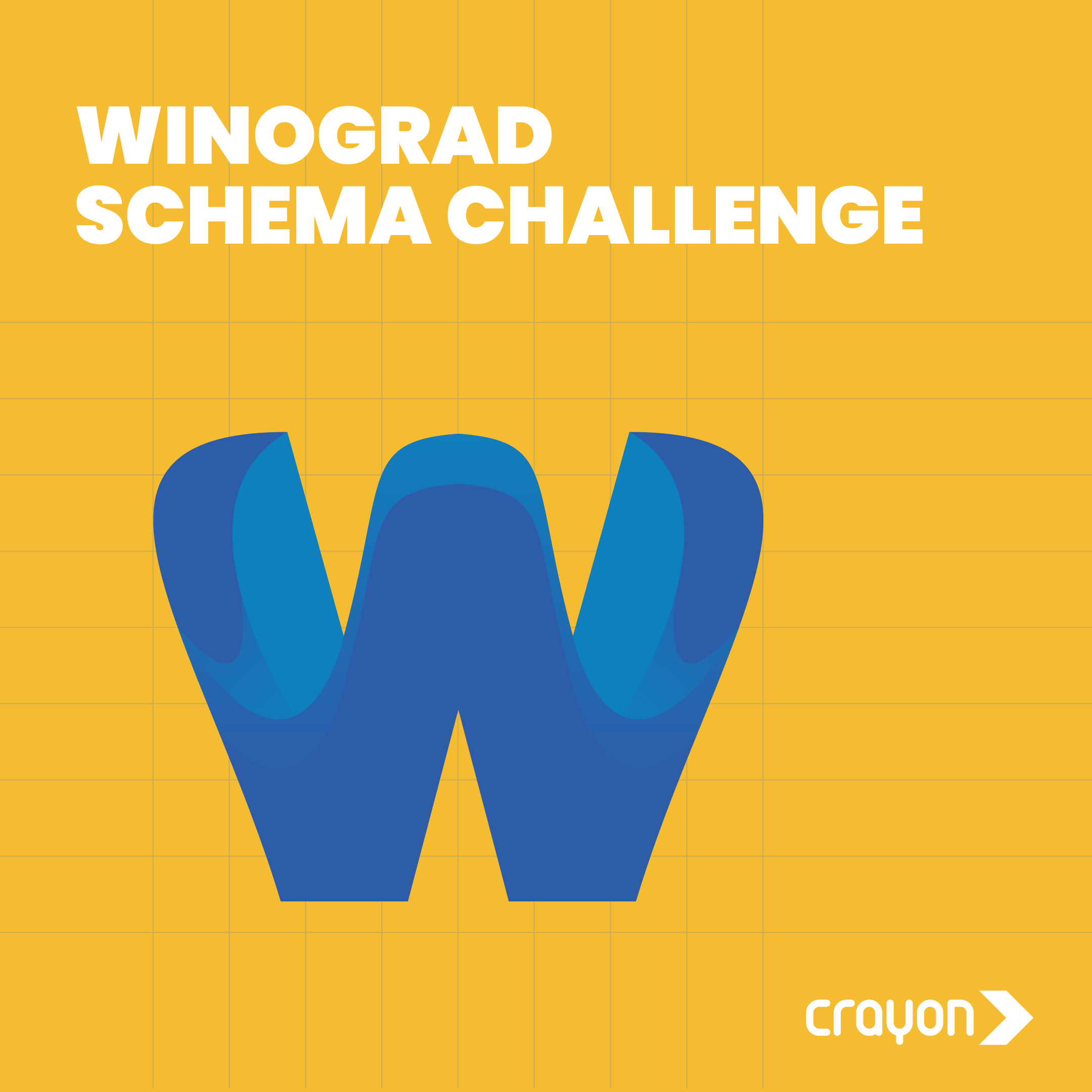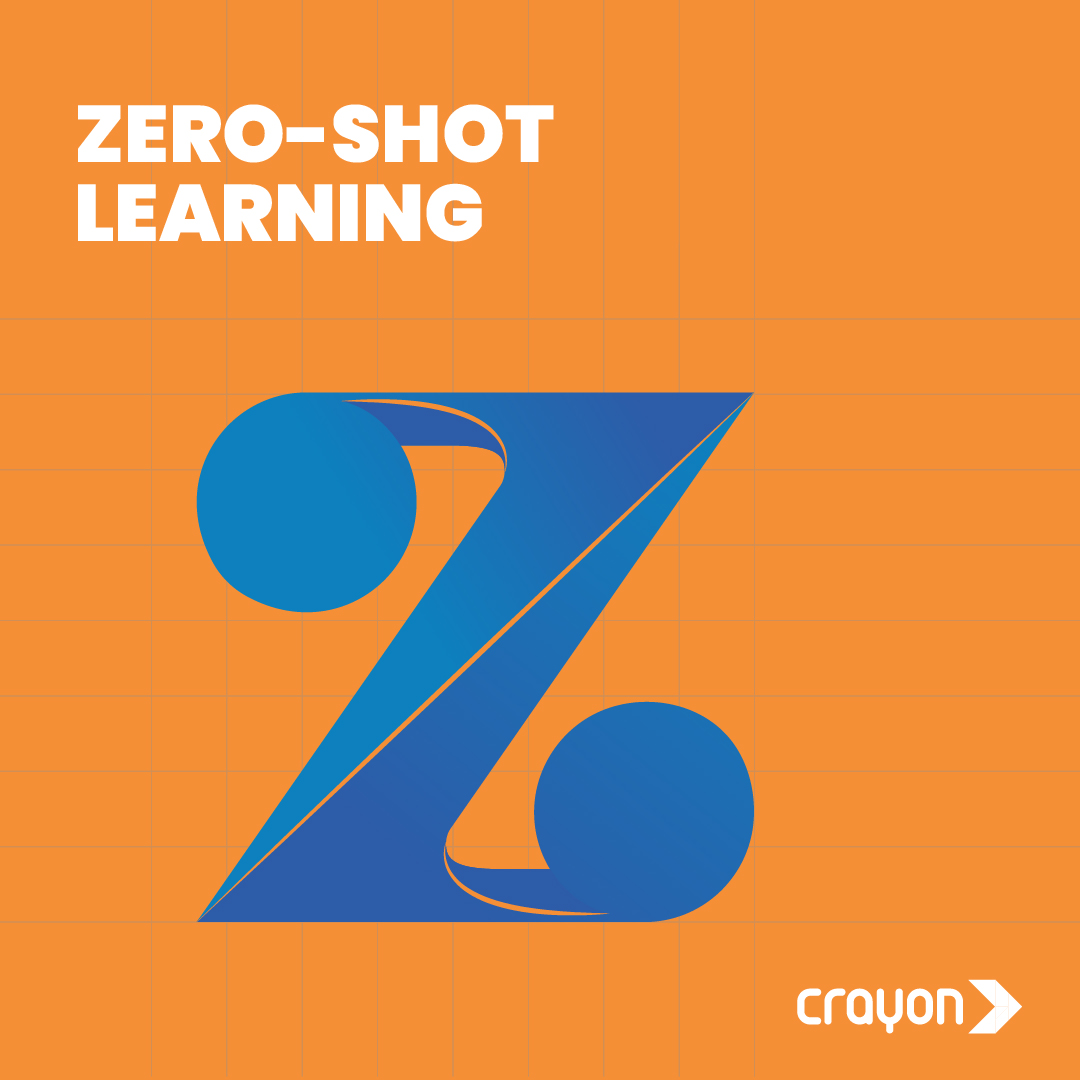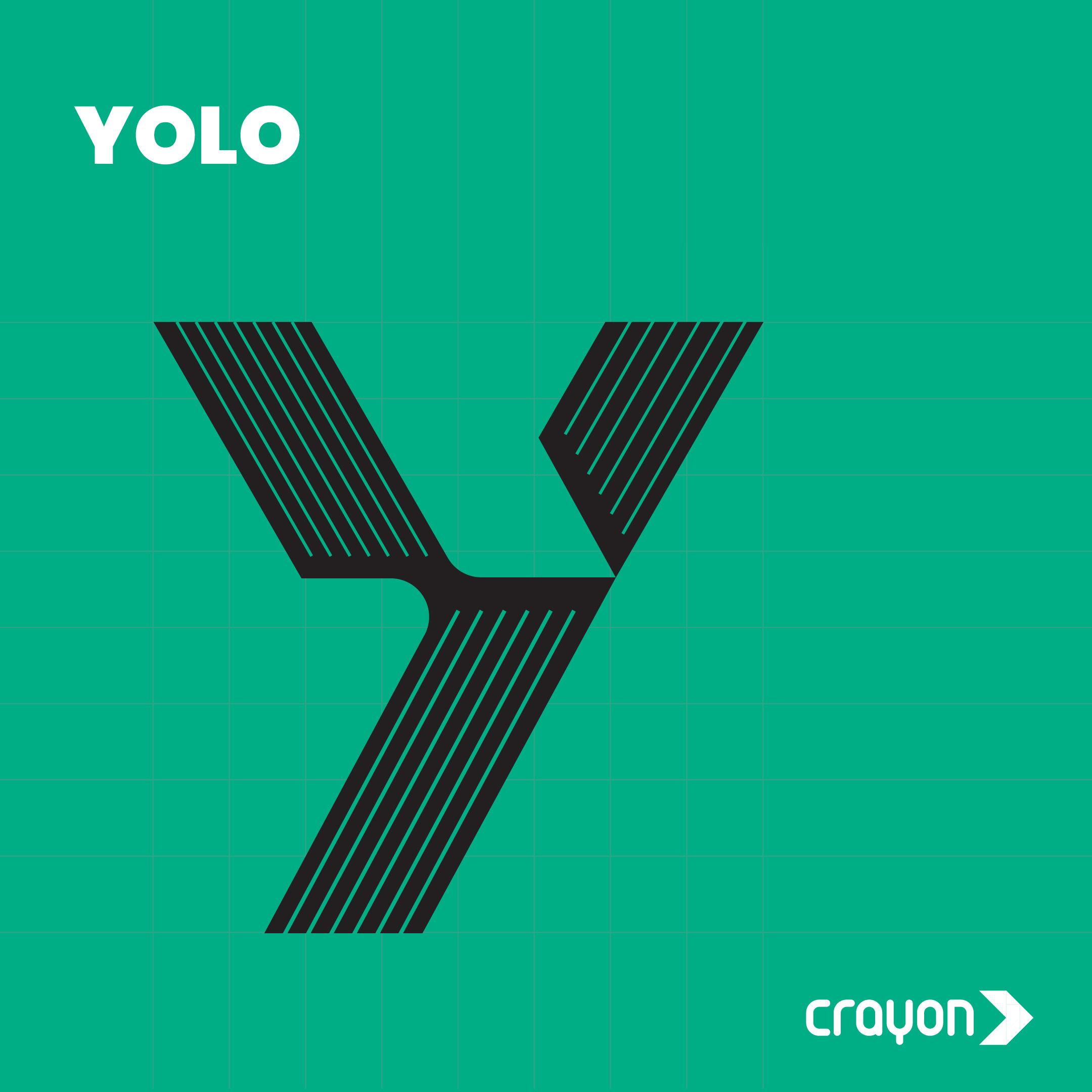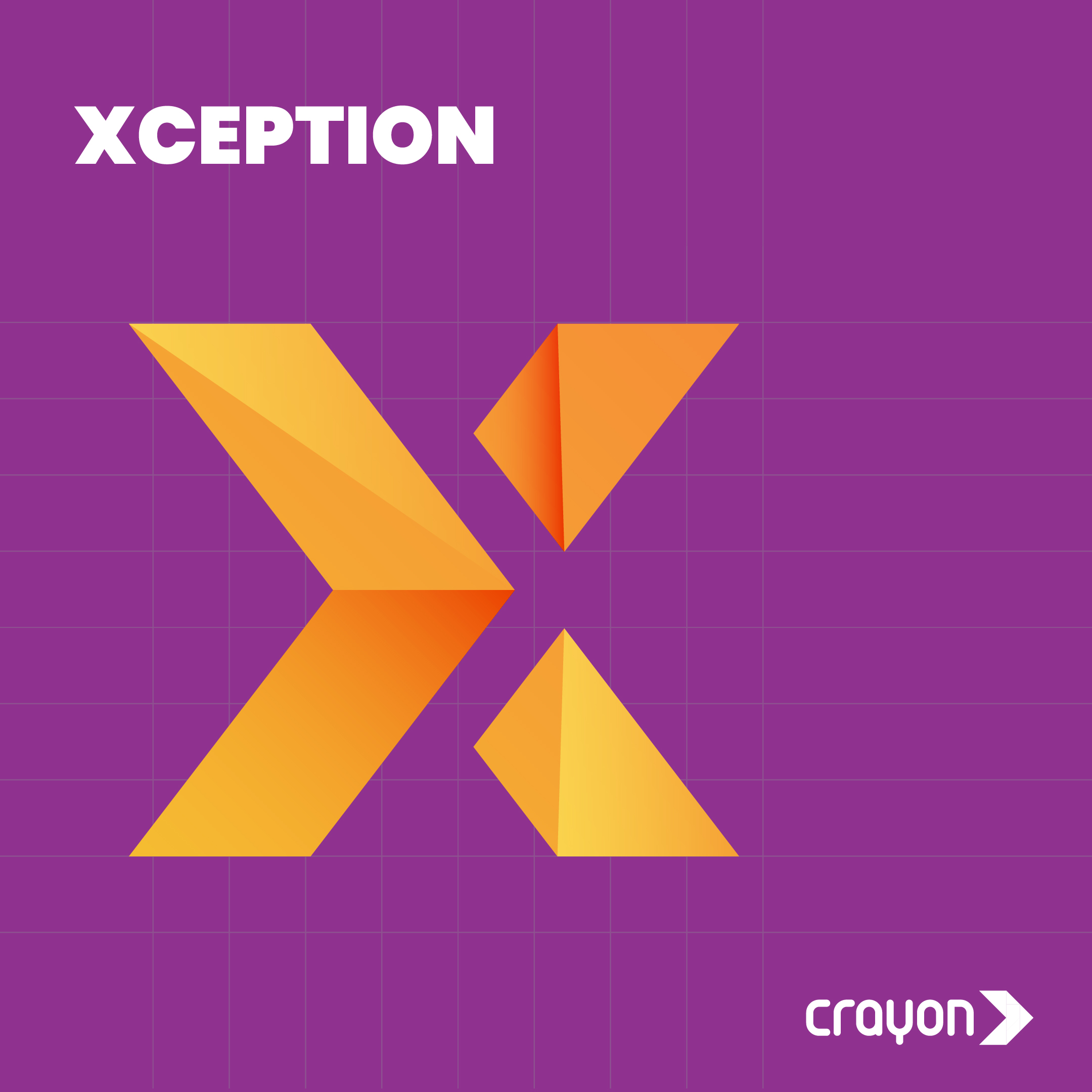
AI Guardians of the Digital Wallet Galaxy
December 14, 2023
Winograd Schema Challenge
January 4, 2024#TheAIAlphabet
V for Vector Quantized VAE-2 (VQ VAE 2)
Published December 14, 2023
Vector Quantized Variational Autoencoder 2 (VQ VAE 2) is an advanced machine learning technique that combines the power of variational autoencoders (VAEs) with vector quantization to enhance the representation and generation of complex data. Let’s break down this concept into simpler terms.

Imagine you want to teach a computer to understand and generate images, like those of faces or objects. VQ VAE 2 is a smart way to achieve this by using two main components: variational autoencoders and vector quantization.
A variational autoencoder is like a creative assistant for a computer. It learns to represent data in a compressed form, known as a latent space, which captures the essential features of the input. This process is similar to how our brains simplify information to remember key details. VAEs are particularly good at learning meaningful representations and generating new, similar data.
Now, let’s add vector quantization to the mix. Vector quantization is a method of simplifying data by mapping it to a set of discrete vectors. It’s like creating a palette of colors for a computer to use when generating images. Instead of dealing with infinite possibilities, the computer only needs to choose from a predefined set of vectors.
VQ-VAE-2 takes the strengths of both VAEs and vector quantization to the next level. Here’s how it works:
A variational autoencoder is like a creative assistant for a computer. It learns to represent data in a compressed form, known as a latent space, which captures the essential features of the input. This process is similar to how our brains simplify information to remember key details. VAEs are particularly good at learning meaningful representations and generating new, similar data.
Now, let’s add vector quantization to the mix. Vector quantization is a method of simplifying data by mapping it to a set of discrete vectors. It’s like creating a palette of colors for a computer to use when generating images. Instead of dealing with infinite possibilities, the computer only needs to choose from a predefined set of vectors.
VQ-VAE-2 takes the strengths of both VAEs and vector quantization to the next level. Here’s how it works:
1. The model begins by using a VAE to understand the input data, like images. It learns to encode these images into a compressed form, the latent space, where each point in the space represents a unique feature of the input.
2. Next, instead of having a continuous latent space, VQ VAE 2 discretizes it using vector quantization. This means the computer only considers a set of specific points in the latent space, making it easier to manage and work with.
3. By combining these techniques, VQ VAE 2 excels in both representing data more efficiently and generating new, realistic samples. It’s like teaching the computer to organize its thoughts and ideas in a structured manner, resulting in more coherent and diverse outputs.
2. Next, instead of having a continuous latent space, VQ VAE 2 discretizes it using vector quantization. This means the computer only considers a set of specific points in the latent space, making it easier to manage and work with.
3. By combining these techniques, VQ VAE 2 excels in both representing data more efficiently and generating new, realistic samples. It’s like teaching the computer to organize its thoughts and ideas in a structured manner, resulting in more coherent and diverse outputs.
VQ VAE 2 finds applications in various AI tasks, such as image generation, speech synthesis, and even music creation. In image generation, it helps create high-quality and diverse images, while in speech synthesis, it contributes to generating more natural-sounding voices.
In summary, VQ VAE 2 is a cutting-edge approach in AI that leverages the strengths of variational autoencoders and vector quantization. It simplifies the representation of data, making it more manageable and efficient, leading to improved performance in generating diverse and realistic outputs. This technique has broad applications across different domains, making it a valuable tool for advancing the capabilities of artificial intelligence.
In summary, VQ VAE 2 is a cutting-edge approach in AI that leverages the strengths of variational autoencoders and vector quantization. It simplifies the representation of data, making it more manageable and efficient, leading to improved performance in generating diverse and realistic outputs. This technique has broad applications across different domains, making it a valuable tool for advancing the capabilities of artificial intelligence.
Recent Blogs
Subscribe to the Crayon Blog. Get the latest posts in your inbox!




